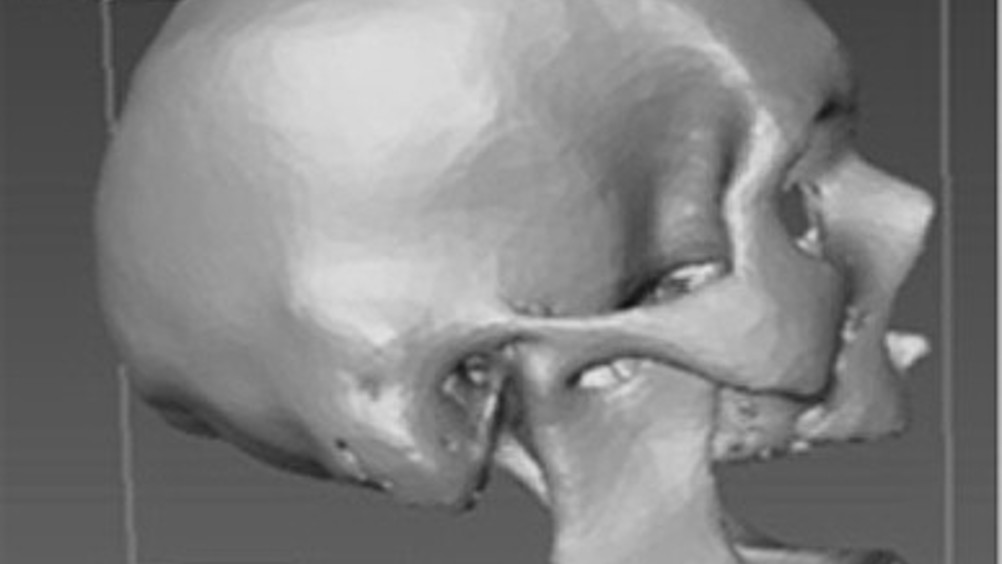CT scans reveal secrets of unidentified remains
A study from North Carolina State University has found that data from CT scans can be incorporated into a growing forensic database to help determine the ethnicity and sex of unidentified remains.

The finding may also have clinical applications for craniofacial surgeons.
‘As forensic anthropologists, we can map specific coordinates on a skull and use software that we developed – called 3D-ID – to compare those three-dimensional coordinates with a database of biological characteristics,’ said Dr Ann Ross, a professor of anthropology at NC State and senior author of a paper describing the work. ‘That comparison can tell us the ancestry and sex of unidentified remains using only the skull – which is particularly valuable when dealing with incomplete skeletal remains.’
However, the size of the 3D-ID database has been limited by the researchers’ access to contemporary skulls that have clearly recorded demographic histories.
To develop a more robust database, Ross and her team launched a study to determine whether it was possible to get good skull coordinate data from living people by examining CT scans.
The University of Pennsylvania Museum’s Morton Collection provided the NC State researchers with CT scans of 48 skulls. Researchers mapped the coordinates of the actual skulls manually using a digitiser, or electronic stylus. Then they compared the data from the CT scans with the data from the manual mapping of the skulls.
Register now to continue reading
Thanks for visiting The Engineer. You’ve now reached your monthly limit of news stories. Register for free to unlock unlimited access to all of our news coverage, as well as premium content including opinion, in-depth features and special reports.
Benefits of registering
-
In-depth insights and coverage of key emerging trends
-
Unrestricted access to special reports throughout the year
-
Daily technology news delivered straight to your inbox










Pipebots Transforming Water Pipe Leak Detection and Repair
Fantastic application.